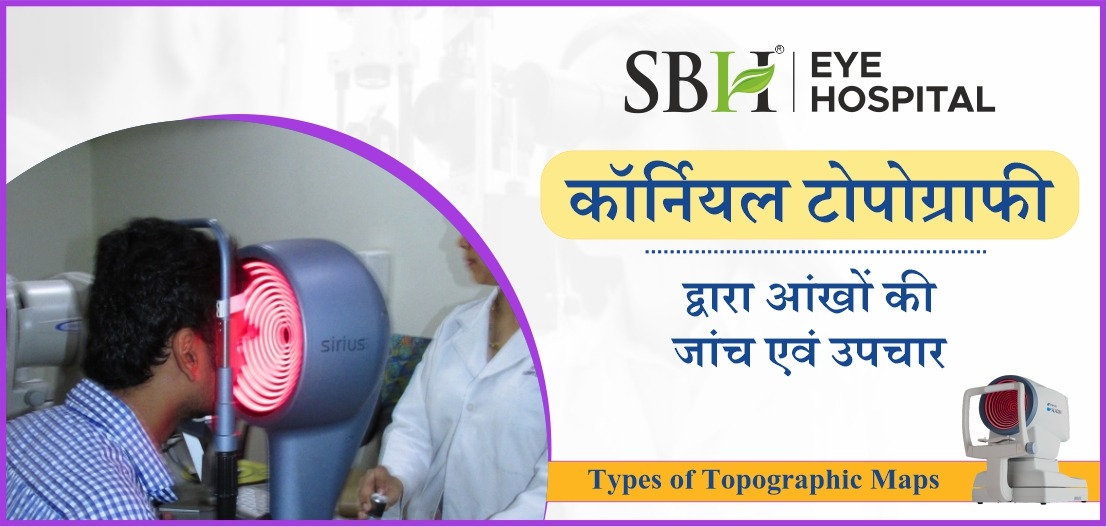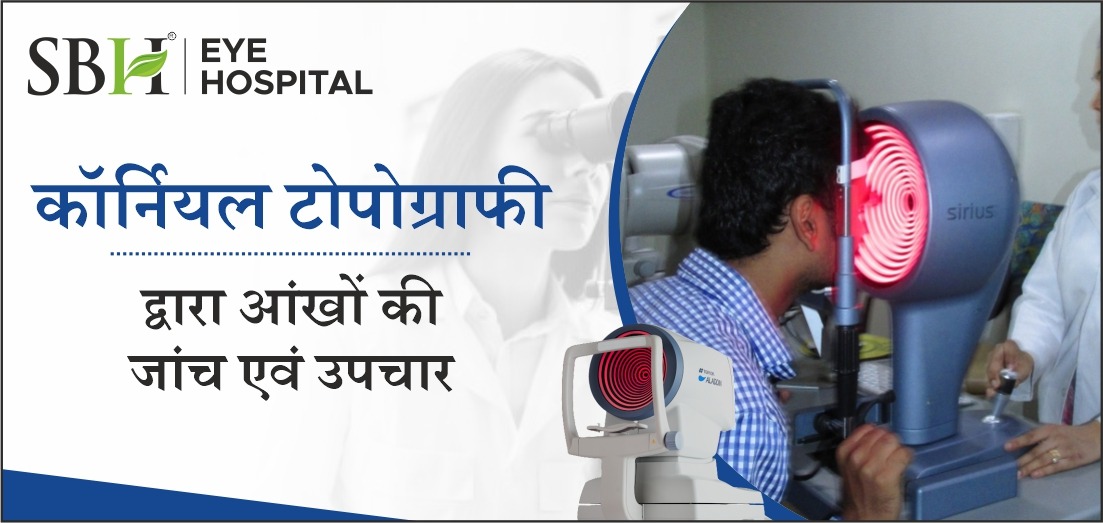Myths and Misconceptions About Diabetes
Trust us, as it comes to health and wellbeing, being proactive and staying in symphony with your body is the best way to prevent the infringement of diseases on your body. This is more so, so as to ascertain that the road to recovery should never become harder. But with diabetes, the associated symptoms may often fly under the radar. As per the Centers for Disease Control and Prevention in the US, almost 30 million people in the US own diabetes and nearly 30 percent of those people remain undiagnosed—making diabetes education all the more relevant and important.
People suffer from Type 2, which is the most common form of diabetes. Unlike Type 1 diabetes, your body can produce insulin, but as there’s an issue with your body, turning glucose into energy, there’s a progressive loss of the secretion of insulin. And if neglected and left untreated, Type 2 diabetes can precipitate heart and blood vessel diseases, kidney damage, nerve damage, amputation and even death.
As with the surge in the number of people with diabetes, there’s a lot of misinformation adjoining this disease.
Here we debunk five common myths and misconceptions about diabetes:
1. Eating too much sugar causes diabetes.
Consuming foods high in calories or sugar doesn’t cause diabetes. However, a diet rich with excessive calories and sugar can predispose individuals to weight gain, and being obese is a major risk factor for the development of diabetes. Besides, foods high in calories can cause uncontrolled hyperglycemia in people with preexisting diabetes.
2. People with diabetes can’t eat sweets, but can eat unlimited quantities of “healthy foods” such as vegetables and fruit.
People with diabetes don’t have to necessarily keep sweets at a bay or swap them for “healthier foods,” rather they should primarily focus on eating a diet that’s moderate in carbohydrates, saturated fat and trans-fat. It’s of paramount importance to point out that some stereotypically “healthy” foods, such as fruit, can increase glucose levels. When dealing with diabetes, it’s best to consult with a certified nutritionist and diabetes educator.
3. Type 2 diabetes occurs only in adults, and Type 1 diabetes occurs only in children.
Both of the types of diabetes can occur in either of the age group. Although Type 2 diabetes is commonly diagnosed in adulthood, it’s becoming far more prevalent among children as well.
4. People with Type 2 diabetes never have to take insulin, but people with Type 1 diabetes do.
As opposed to Type 1 diabetes, where insulin is needed, Type 2 diabetes is a progressive condition that can eventually lead to dire requirement for insulin. Regular exercise, losing weight, healthy eating habits and oral medications, if needed, can help one manage Type 2 diabetes for some time before administration of insulin becomes necessary.
5. I can catch diabetes from someone else.
Diabetes is not at all contagious; rather, it stems from a combination of genetic and environmental factors. The more one can educate oneself on this disease and the associated risks for developing Type 2 diabetes, the better equipped one will be to take control of one’s health. It would always be prudent to take the Type 2 diabetes risk test now to discover whether you’re at any impending risk.
The Buzz Word
Should you be alarmed about diabetes, we provide a highly individualized treatment regimen for diabetes to help you improve your quality of life and prevent any long-term diabetic complications.





